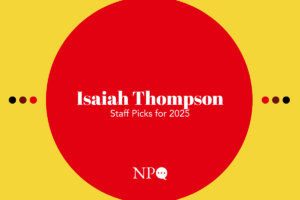November 4, 2010; Source: Washington Post | The legend goes that Jule Sugarman put the first Head Start budget together over a ham sandwich in an hour at the request of then Office of Economic Opportunity head, Sargent Shriver.
A key strategy in President Lyndon B. Johnson’s War on Poverty, Head Start was intended to remediate some of the effects of poverty in the lives of young children. Although academics advised Johnson and Shriver to proceed slowly, piloting the program with 2,500 children, Johnson disagreed. “Politically, that wouldn’t do—Johnson was seeking to launch a revolution, not a quiet test run. In the summer of 1965, Head Start opened its doors to more than half a million boys and girls in 2,500 communities across the country,” writes Emma Brown of the Washington Post.
Sign up for our free newsletters
Subscribe to NPQ's newsletters to have our top stories delivered directly to your inbox.
By signing up, you agree to our privacy policy and terms of use, and to receive messages from NPQ and our partners.
Sugarman was known as a skilled bureaucrat who managed to put the then $96 million dollar program on the ground in record time. According to the Post’s obiturary, “As secretary of Head Start’s planning commission, he had organized the meetings that resulted in an outline of the new program. He developed a streamlined grant application process to push money out the door quickly, and he recruited hundreds of volunteers to help the country’s poorest districts apply. He went on to run Head Start’s daily operations for its first five years.” Head Start, now 45 years old, is an $8 billion program serving 900,000 children a year along with their parents.—Ruth McCambridge











